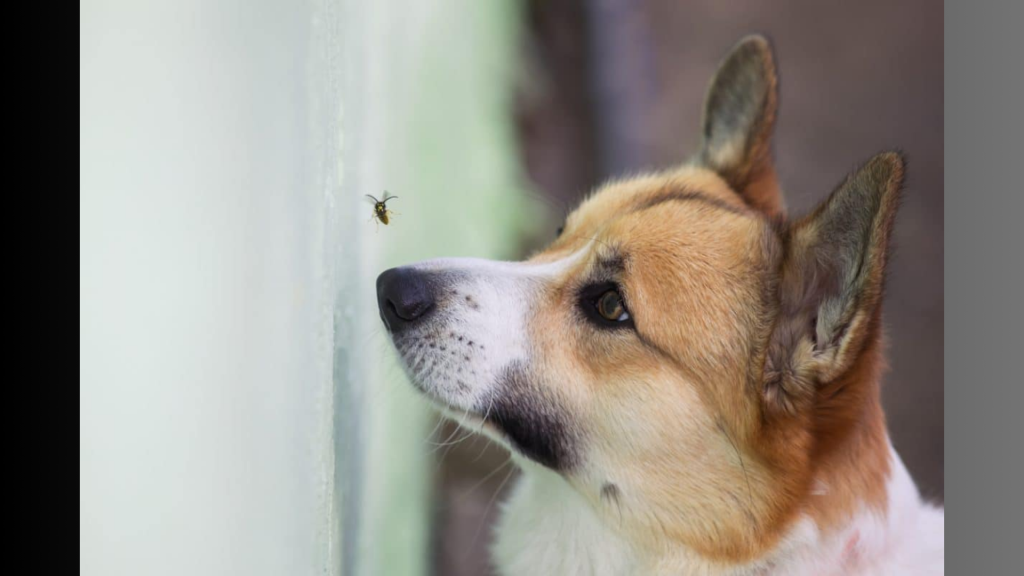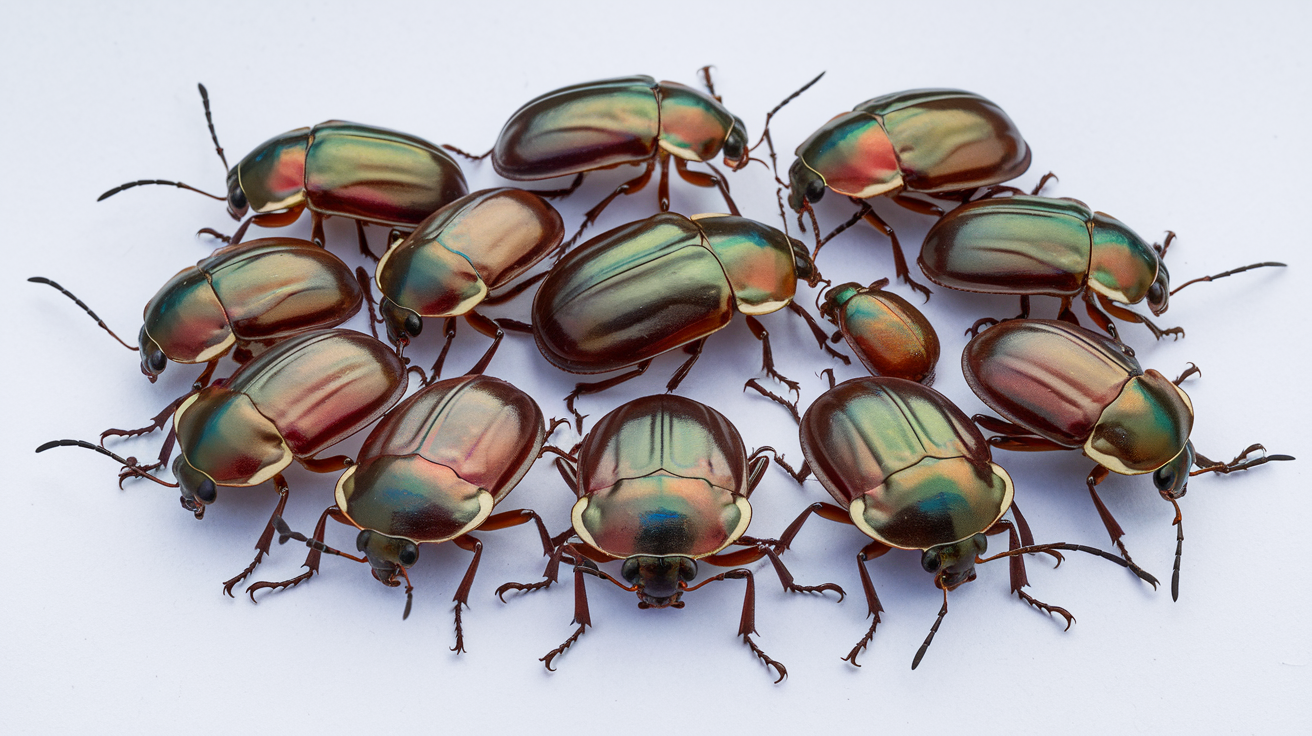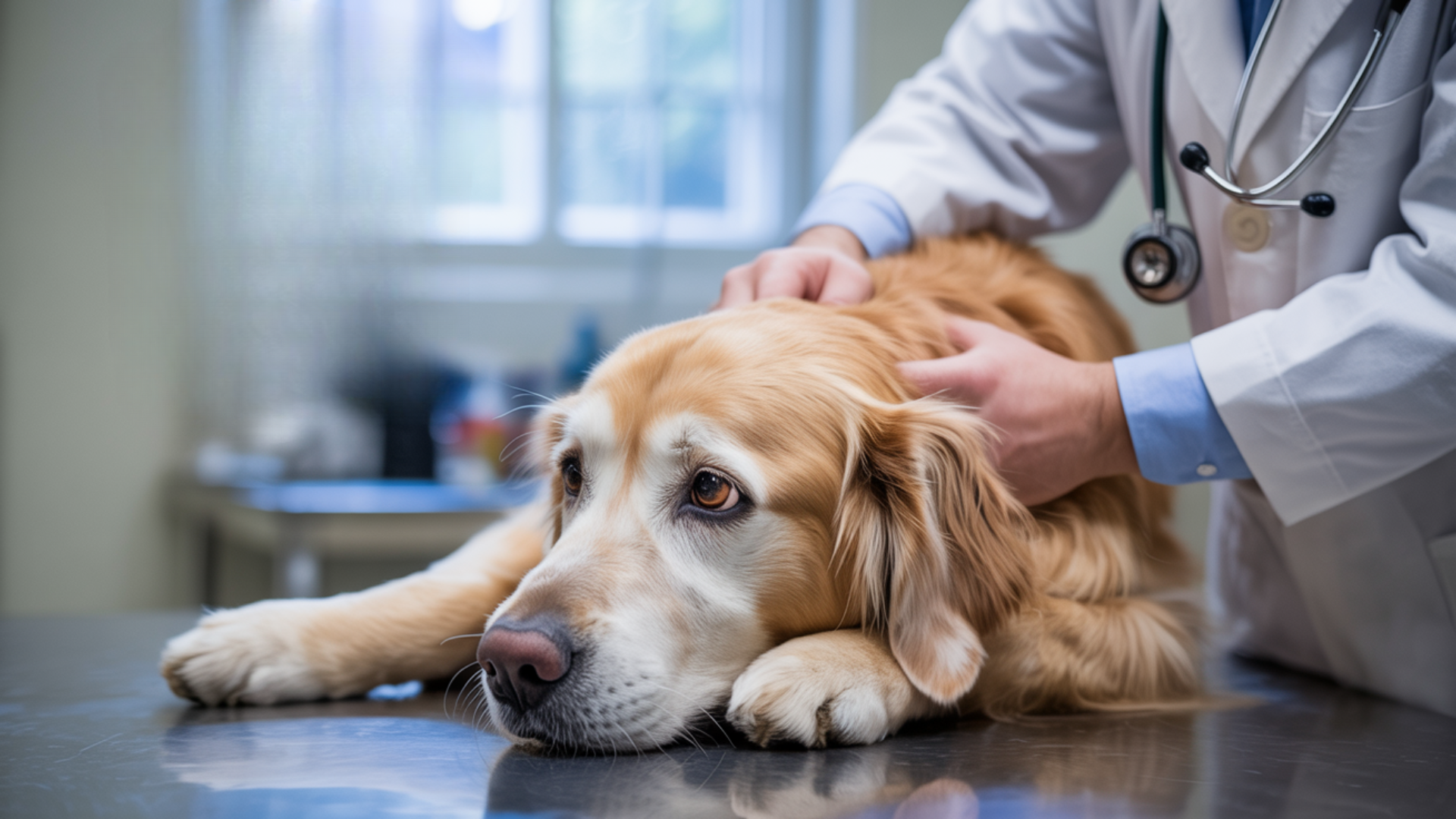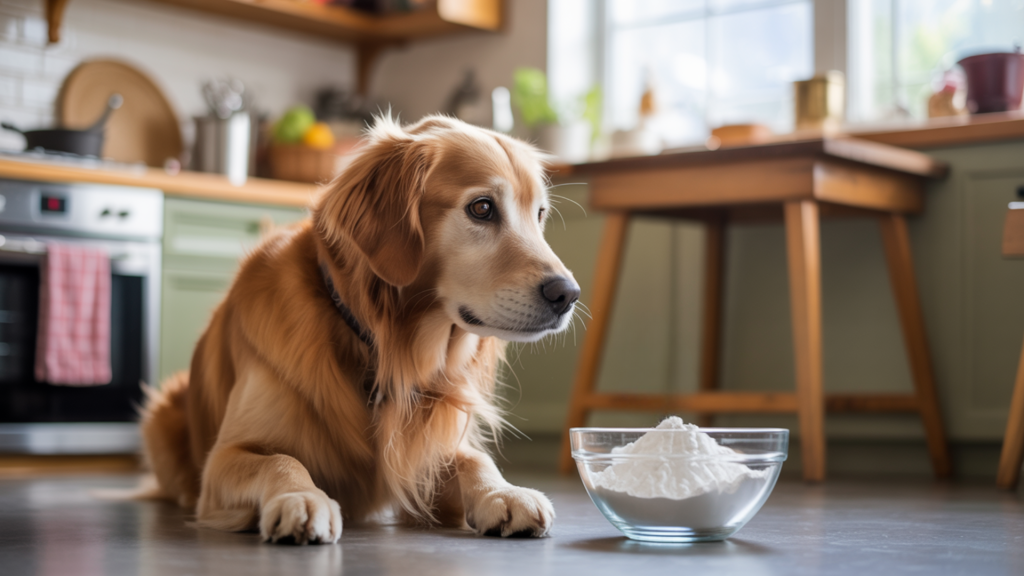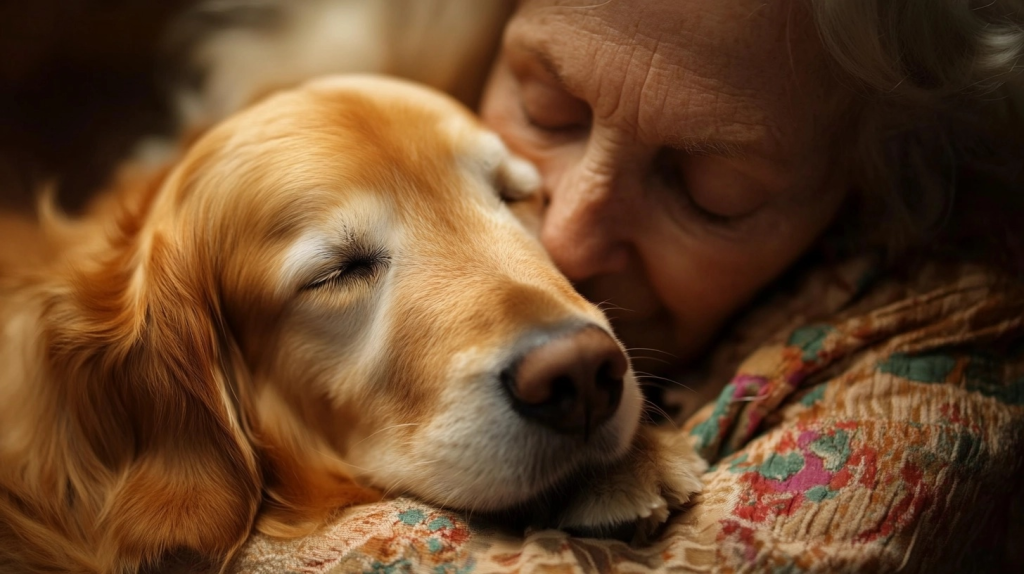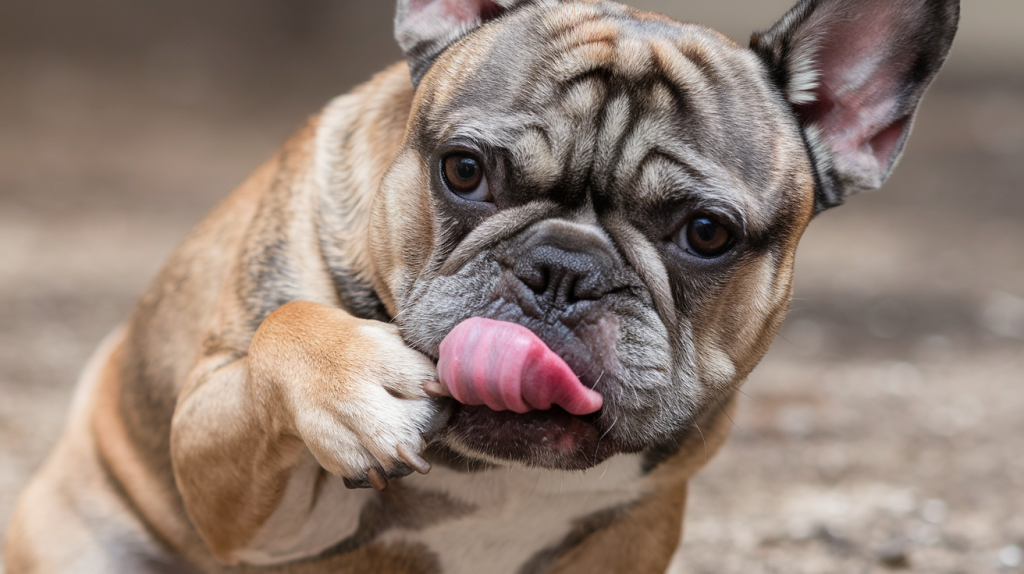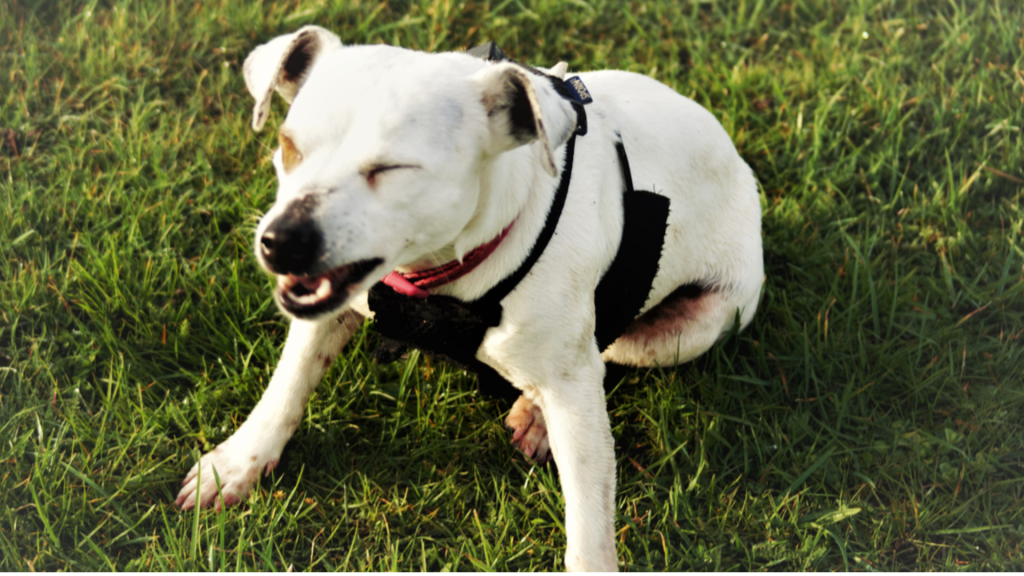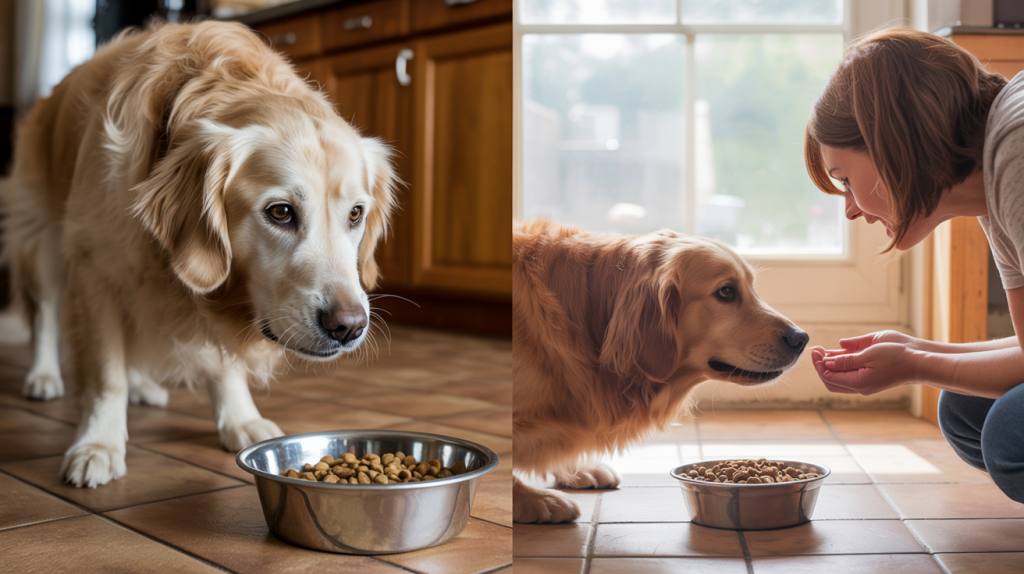A dog just snapped up a June bug. Again. Pet owners watch their furry friends crunch away, and that familiar worry creeps in.
This guide shares what happens when dogs eat these summer beetles, the real risks pet owners should be aware of, and when that crunchy snack becomes a problem worth their attention.
Can Dogs Eat June Bugs Safely?
Yes, dogs can eat June bugs safely in small amounts. These beetles aren’t toxic and won’t poison pets. June bugs don’t sting or bite, making them relatively harmless compared to other insects.
The beetles provide a bit of protein and satisfy dogs’ instinct to hunt. Many dogs enjoy the crunchy texture.
However, moderation matters here. Large dogs might handle three or fewer bugs without issues, while small dogs should stick to just one. The key lies in quantity control.
Problems arise when dogs eat too many June bugs at once. Their tough shells are hard to digest, and multiple bugs can cause stomach upset.
Pet owners should monitor their dogs after bug-eating sessions and watch for any unusual symptoms or behavior changes.
What are June Bugs?
June bugs are beetles that show up in late spring and summer. They get their name because you see them most in May and June.
What they look like:
- Brown and shiny
- About one inch long
- Fly in a clumsy way
These bugs live underground as babies. Then they come out as adult beetles. This change takes about three weeks. June bugs come out at night. They love bright lights. That’s why they fly around your porch lights and street lights.
Symptoms that Your Dog Has Eaten a June Bug
Here are some common symptoms that may indicate your dog has eaten a June bug.
- Vomiting: If your dog has consumed a June bug, it may vomit shortly after ingestion, especially if the bug causes irritation to the stomach lining.
- Diarrhea: Ingesting a June bug may lead to gastrointestinal upset, resulting in diarrhea.
- Lethargy: If your dog is feeling unwell after eating a June bug, it may become lethargic and less active than usual.
- Loss of appetite: Gastrointestinal issues caused by eating a June bug may lead to a temporary loss of appetite.
- Drooling: Some dogs may experience excessive drooling after consuming a June bug, especially if it causes irritation in the mouth or throat.
- Coughing or gagging: If the June bug irritates your dog’s throat, it may cause coughing or gagging.
- Abdominal discomfort: Your dog may show signs of abdominal pain or discomfort, such as restlessness, whining, or a hunched posture.
In most cases, ingesting a single June bug is unlikely to cause severe harm to your dog.
However, if your dog has eaten multiple June bugs or shows severe or persistent symptoms, it is essential to consult with your veterinarian for proper guidance and treatment.
Potential Risks Involved When Dogs Eat June Bugs
Most dogs can eat one or two June bugs without problems. However, eating too much can lead to health issues.
- Throat irritation: June bugs have sticky legs that can scratch your dog’s throat on the way down. This makes dogs cough or gag. Give your dog some water to help wash the bug down.
- Stomach problems: Dogs struggle to digest June bug shells effectively. When dogs eat several bugs, they may experience an upset stomach, vomiting, loose stools, or a loss of appetite.
- Blocked intestines: Too many hard shells can block your dog’s gut. This is a serious issue and requires immediate veterinary attention. Signs include throwing up but not having a bowel movement.
- Poison from chemicals: June bugs sometimes feed on areas where people spray insecticides. If your dog eats bugs that have chemicals on them, it could get poisoned. Dead bugs in piles are especially risky.
- Parasites: June bugs eat rotting waste that might have worms. Your dog could also catch these parasites.
Safe Bugs vs. Not Safe Bugs for Dogs
Here’s a quick view to help you know which bugs are okay for your dog to eat and which ones to avoid:
| Safe Bugs | Why They’re Safe | Not Safe Bugs | Why They’re Dangerous |
|---|---|---|---|
| June bugs | No poison, can’t bite or sting | Bees | Can sting inside the mouth or throat |
| Crickets | Good protein source | Wasps | Painful stings cause swelling |
| Grasshoppers | Safe to eat in small amounts | Spiders | Some bites have poison |
| Flies | Not toxic, but not nutritious | Stink bugs | Bad taste, upset stomach |
| Moths | Harmless if eaten | Ladybugs | Smells bad, causes stomach problems |
| Beetles (most) | Generally safe | Cockroaches | Carry germs and worms |
| Ants (most) | Safe in small numbers | Fleas | Spread diseases and parasites |
Notes: Even safe bugs can cause problems if dogs eat too many.
When Should You Call Your Vet?
Knowing when to seek help can save your dog’s life. Here’s when professional care becomes necessary.
- Emergencies: Call your veterinarian right away if your dog vomits but can’t defecate, as this may indicate a potentially life-threatening blockage.
- Within 24 hours: Contact your veterinarian if your dog has eaten a large number of bugs at once or has found dead bugs in piles.
- Watch and wait cases: Monitor your dog at home if they ate one or two bugs and appear normal. These situations usually resolve on their own.
- Size considerations: Small dogs show symptoms faster and need veterinary care sooner than large dogs, even after eating just one or two June bugs.
- Trust your instincts: If something seems amiss with your dog’s behavior or health after they’ve eaten bugs, contact your veterinarian. It’s always better to be safe than sorry when it comes to your pet’s well-being.
How to Prevent Your Dog from Eating June Bugs?
Stopping your dog from eating June bugs takes some planning and smart choices. These simple steps can keep your pet safe during bug season.
Walk Timing and Route Changes
June bugs are most active during evening hours and around light sources.
Prevention: Walk your dog earlier in the day or choose darker routes away from street lights and porch lights during peak June bug season.
Leash Control
Dogs on leashes can’t chase and catch bugs as easily as free-roaming pets.
Prevention: Keep your dog on a short leash during evening walks to prevent them from getting lost. Guide them away from areas where you see June bugs flying around.
Backyard Management
June bugs congregate in areas with outdoor lighting and near plants they prefer to feed on.
Prevention: Turn off unnecessary outdoor lights during June bug season. Remove damaged plants and fallen fruit that attract these beetles.
Training Commands
A well-trained dog will stop eating bugs when told to do so.
Prevention: Teach your dog “leave it” and “drop it” commands. Practice these commands regularly so that your dog responds quickly when it spots bugs.
Distraction Techniques
Dogs eat bugs partly out of boredom or curiosity.
Prevention: Bring toys or treats on walks to redirect your dog’s attention. Keep them mentally busy with games instead of bug hunting.
The Bottom Line
Can dogs eat June bugs? Yes, in moderation.
These beetles aren’t toxic and won’t poison your pet. One or two bugs provide protein and satisfy natural hunting instincts.
Problems start when dogs eat too much. Watch for vomiting without defecation, which signals a serious blockage that requires immediate veterinary care.
Prevention is simple: walk earlier in the day, use a leash, and teach “leave it” commands. Small dogs need more careful watching than large dogs.

